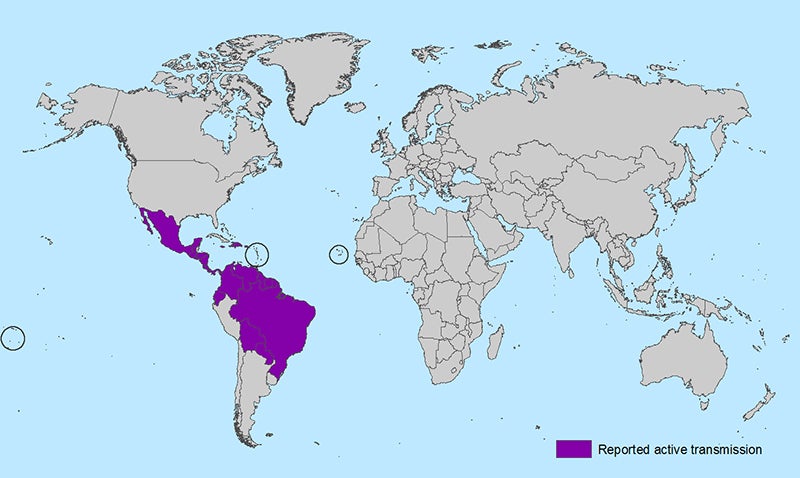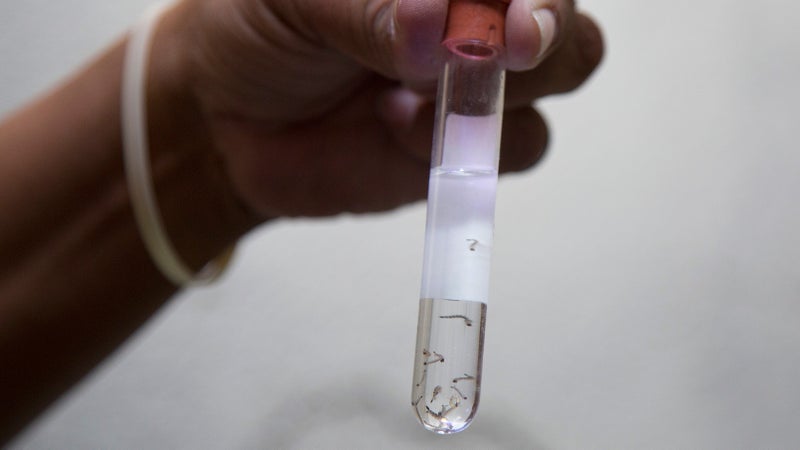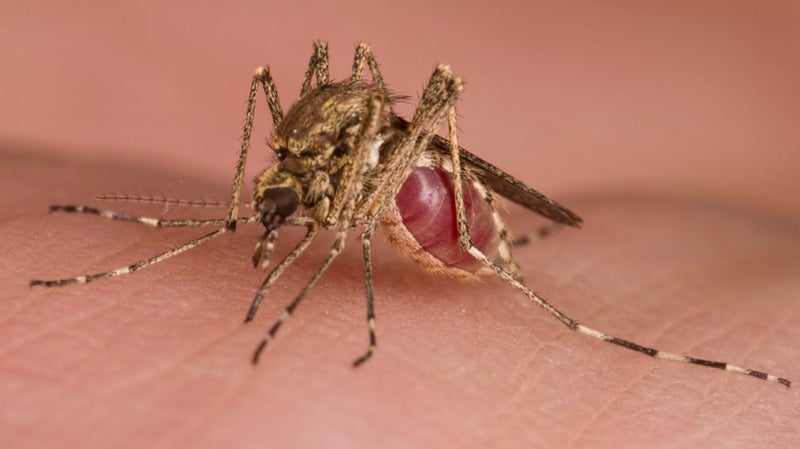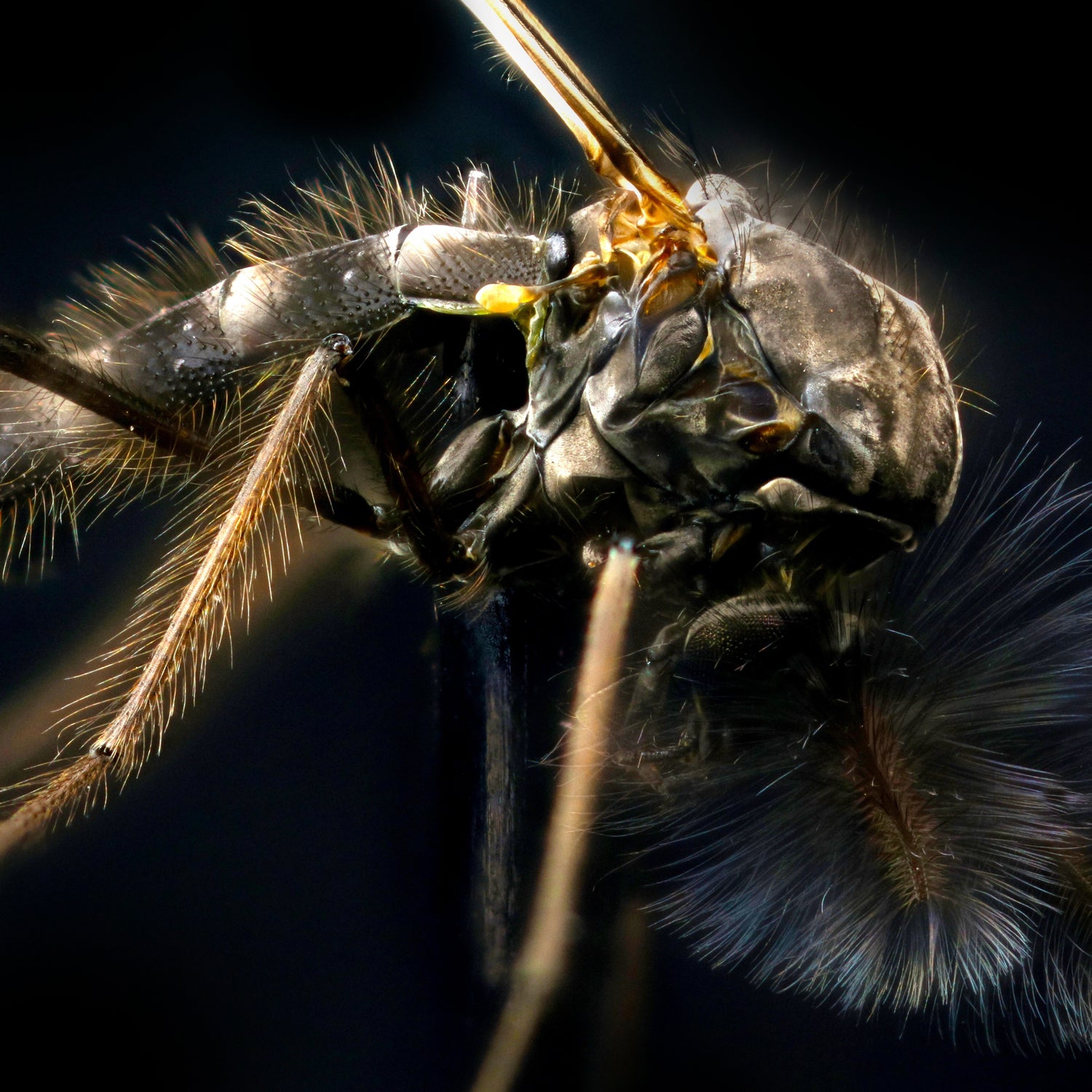Scary, right? Due to the rapid spread of the Zika virus, the Centers for Disease Control has warned pregnant women . The virus increases the risk of a baby being born with microcephaly, but it can inflict anyone with flu-like symptoms. Carried by mosquitoes, Zika is currently prevalent in warm-weather countries throughout the Caribbean and Central America, but it can be found in the South Pacific and South America, too. As we move into warmer months, it’s expected to spread into the southern U.S.��
Of course, the fact that it's spread by mosquitoes means Zika is preventable. This isn’t an alarmist article meant to spread fear, nor is it in line with the CDC’s urgent travel ban. This is practical advice from and for people who travel the world to do stuff outdoors and are comfortable managing their own risks. We’re still going to travel, you’re still going to travel—and these are the steps we can take to reduce our risk of Zika exposure.��
We should note that Zika can also be sexually transmitted. You know you should be practicing safe sex. We won’t delve deeper here than saying that.��
What Is Zika, and What Are the Symptoms?

:��
Zika is a disease caused by Zika virus that is spread to people primarily through the bite of an infected Aedes species mosquito. The most common symptoms of Zika are fever, rash, joint pain, and conjunctivitis (red eyes). The illness is usually mild with symptoms lasting for several days to a week. People usually don’t get sick enough to go to the hospital, and they very rarely die of Zika.
One in five people infected by the disease will develop symptoms, which can include fever, rash, joint pain, and red eyes. The CDC says symptoms are mild—it’s probably not going to kill you. What makes it scary is the risk it poses to pregnant women and their babies. According to the CDC, Zika can lead to a variety of birth defects and other “poor pregnancy outcomes.”
It’s for that reason that the CDC recommends against travel to Zika hotspots for pregnant women. Or:��“If you must travel to one of these areas, talk to your doctor first and strictly follow steps to prevent mosquito bites during your trip.”
If you become infected, pregnant woman or no, then you also need to take precautions against mosquito bites when you return home to avoid spreading the disease.��
Preventing Mosquito Bites

The CDC recommends using repellents that contain 20 percent or more DEET, covering up with clothing, staying and sleeping inside screened or climate-controlled buildings, and using permethrin-treated clothing.��That’s basic common sense, right? But there’s a lot of nuance to repellents, clothing, and other effective mosquito prevention techniques. I covered much of that , but will recap briefly here.��
Do home remedies work? There are a huge variety of factors contributing to your attractiveness to mosquitoes, including blood type, alcohol consumption, the color of your clothing, and how recently you’ve showered. And those factors likely contribute to false positives in anecdotal evidence of home brew mosquito remedies. There is zero scientific evidence that consuming garlic, applying bath oil, or other such non-chemical approaches have any effectiveness at all.��
What about Skin-So-Soft? It “provided only a mean of 9.6 minutes of protection against aedes bites in our study,” found the New England Journal of Medicine.��
Know what does work? DEET.��
Is DEET harmful to the human body? Well, over 200 million people use it each year—8 billion doses have been applied in the last 50 years—and in that time there’s been only of “serious toxic effects,” according to the . Those cases were largely found in people using “long-term, heavy, frequent, or whole body applications of DEET.”
Apply DEET sparingly and only to exposed portions of your skin, and statistically speaking any minute risk you incur will be far outweighed by the much more significant danger of mosquito-borne infections. That said, don’t apply DEET to kids under two months of age, and children 12 or younger are told to avoid concentrations of 30 percent DEET and higher. It's also been shown to pass from the skin of pregnant mothers into fetuses.��
In response to the Zika outbreak, Consumer Reports has just released a . It found a 30 percent concentration of DEET to be ideal, providing the same effects as higher concentrations for up to eight hours. Just look on the label of any mosquito repellant for that 30 percent concentration of DEET and you’ll have an effective product.��
Beyond DEET

There’s a variety of effective techniques that can be applied to reduce your exposure to mosquitoes. You can eliminate their habitat in areas you control, camp in areas less prone to mosquito infestation, and use window screens or mosquito nets at night. But what if you’re unable to avoid infested areas? There’s two recent technical innovations that are proving surprisingly effective. Used in combination with a moderate application of a DEET-based repellant, they can be almost entirely effective.��
Permethrin has long been applied to livestock to keep bugs off. Recently, it’s found its way into clothing. The chemical kills bugs like mosquitoes and ticks on contact, poses when used in moderation, and can be found applied to off-the-shelf, bug-repellant clothing. You can also add it yourself.��
L.L. Bean offers for men, women, and even dogs (it’s not safe around cats). The advantage of buying clothes with Permethrin embedded from the factory is that the treatment lasts up to 70 washes—likely the lifetime of the garment.��You can also order a spray-in treatment that lasts six to seven washes. A is enough to treat four complete outfits, including socks, pants, and shirt. It can also be applied to tents, sleeping bags, camp chairs, hats, mosquito nets and virtually anything else you’d like to repel bugs.��
Since I started wearing clothing treated with permethrin outdoors last year, I haven’t found a single tick on my body and areas of my body covered by or adjacent to treated garments haven’t suffered a single mosquito bite.��
I haven’t had a single mosquito bite at all in a year or more, and that’s because I’ve also been carrying a . The book-sized device uses a replaceable butane cartridge to heat allethrin-soaked cloth pads. That creates a 15-foot diameter “bubble,” that, in my experience, is totally free of skeeters. You can simply sit one down in the middle of camp, on a table at an outdoor restaurant, or wear it on your belt.��
If you don’t want to apply DEET to your skin, the Thermacell is your best option for total mosquito protection. Unlike zappers and sonic emitters, it actually works.��There’s no specific TSA ban on carrying small containers of butane onboard a commercial flight, but use your own judgment and be prepared to surrender the cartridge. You can always ship some ahead.��
Bottom line: with effective mosquito prevention methods like these, you don’t have to be scared of the Zika virus.��


